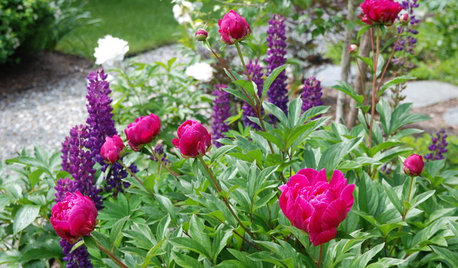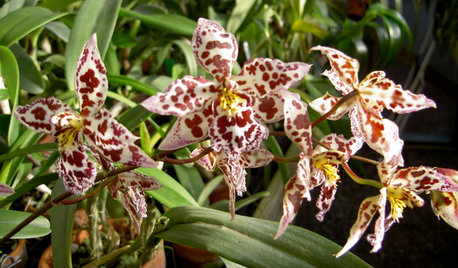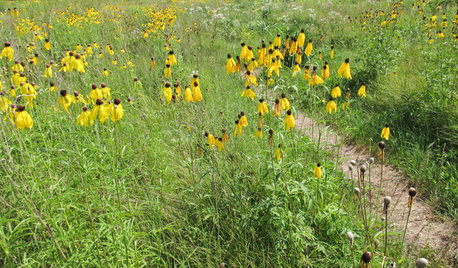To spray or not to spray in the Northeast
sue_ct
14 years ago
Related Stories

MATERIALSInsulation Basics: What to Know About Spray Foam
Learn what exactly spray foam is, the pros and cons of using it and why you shouldn’t mess around with installation
Full Story
GARDENING GUIDESNortheast Gardener's June Checklist
Tote out garden ornaments, unleash your color passion and glean inspiration from the many Northeast tours
Full Story
NORTHEAST GARDENINGNortheast Gardener's July Checklist
Fire up your garden with sun-loving yellow and red blooms to put you in a party mood for outdoor summer fun
Full Story
FLOWERSOrchids 101: Frilly Oncidiums Dance Their Way to Center Stage
Sprays of flowers characterize these New World orchids
Full Story
DIY PROJECTSDining Set Makeover: Paint and Tea-Tinted Fabric Make Old Chairs New
Reclaim dated dining chairs for far less than buying new, using spray paint, modern fabric and a handful of tea bags
Full Story
GARDENING GUIDESWeed War: When and How to Use Chemical Herbicides
Before you spray, arm yourself with knowledge about which weed killers — natural or synthetic — are right for your yard
Full Story
HOME INNOVATIONSNow Approaching the Emerald City
Urbanites are spraying moss graffiti on walls and covering roofs in plants — and city regulators and designers are supporting the cause
Full Story
GARDENING GUIDESGreat Design Plant: Antigonon Leptopus in California and Desert Gardens
Dry climates can enjoy sprays of delicate pink flowers and heart-shaped leaves on this drought-tolerant, summer-flowering vine
Full Story
GARDENING GUIDESGreat Design Plant: Ratibida Pinnata Flutters in the Breeze
This bright coneflower brings splashes of yellow to eastern U.S. prairie gardens and perennial borders
Full Story
GARDENING GUIDESGreat Design Plant: Creeping Juniper Holds Its Ground
Add texture and evergreen interest to a layered garden with this low-maintenance, good-looking ground cover
Full StorySponsored
Your Custom Bath Designers & Remodelers in Columbus I 10X Best Houzz




containerted
anney
Related Discussions
Golden Pest Spray OIl for cane berries when to spray?
Q
Top Spray or Bottom Spray for Cuttings?
Q
scheduele for spraying pear trees on long island and what to spray .
Q
California Faucets Body Spray - do they swivel? - spray coverage?
Q
missingtheobvious
Fred_in_Maine
sue_ctOriginal Author
anney
soulreaver
timmy1
ddsack
sue_ctOriginal Author
MissMyGardens
anney
cindy-6b/7a VA
bcday
cindy-6b/7a VA
carolyn137
sue_ctOriginal Author
sue_ctOriginal Author
carolyn137
sue_ctOriginal Author
MissMyGardens
sue_ctOriginal Author
TJG911